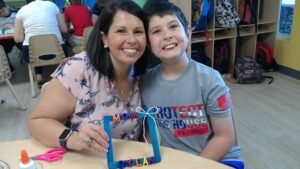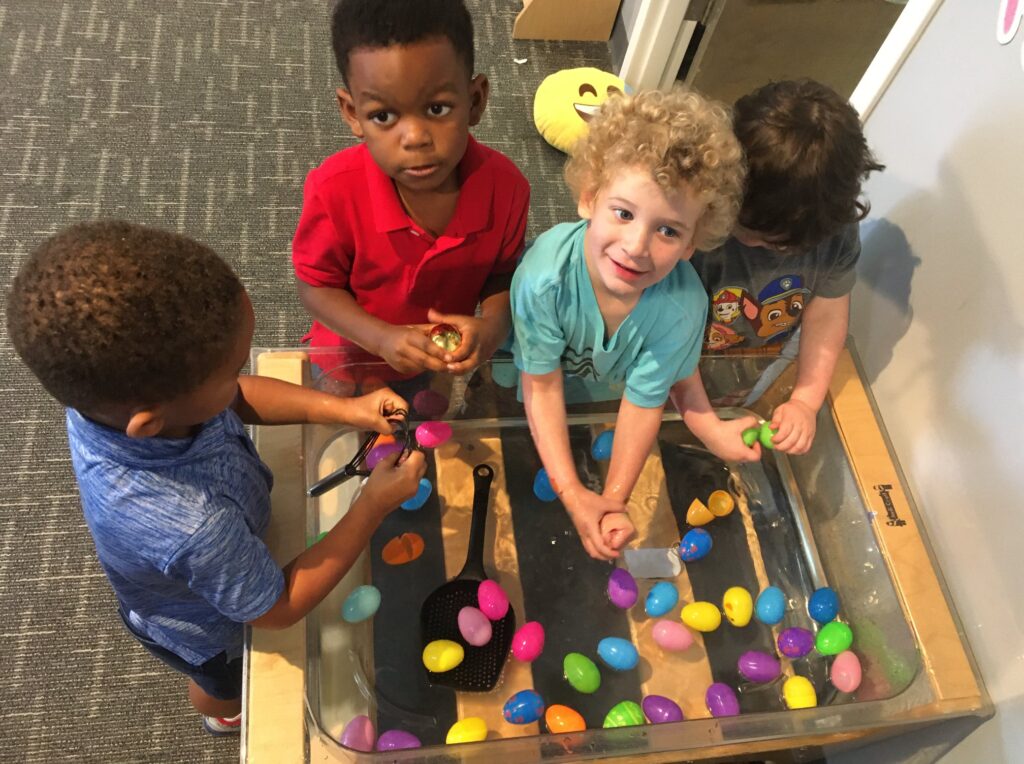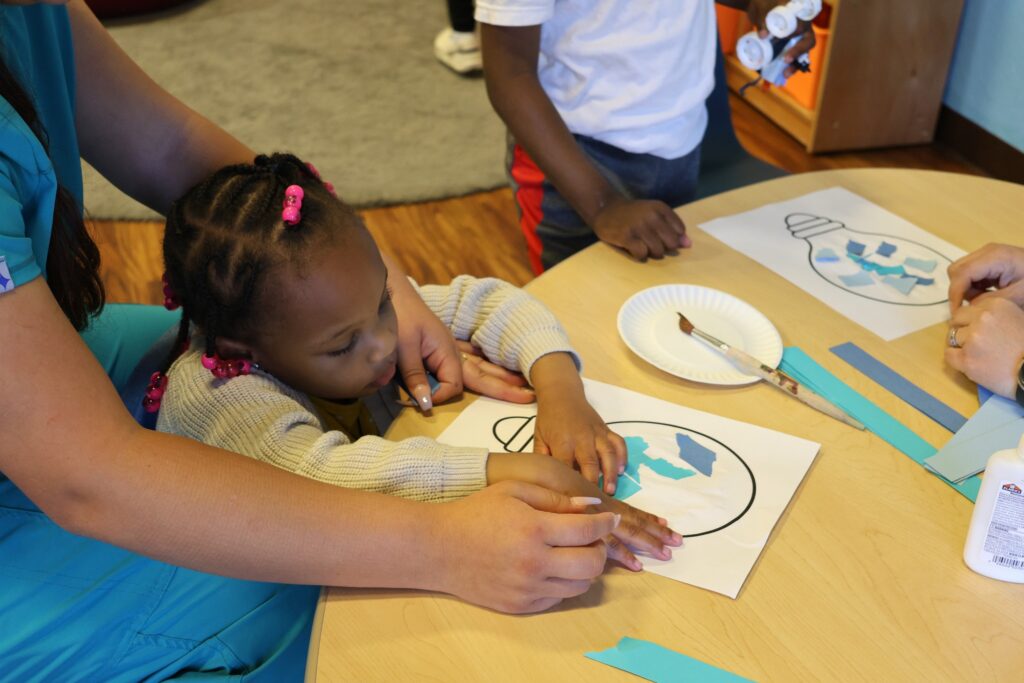Educating a child is much more than teaching math, science, and reading. True education nurtures every aspect of a child’s being—from their unique strengths to areas where they need extra help. This concept, often called “teaching the whole child,” focuses on the idea that every child has a unique learning profile that deserves recognition, care, and tailored support. When schools, educators, and caregivers adopt this approach, they foster academic success and emotional, social, and personal growth that lasts a lifetime.
What Does It Mean to Teach the Whole Child?
At its core, teaching the whole child means addressing every dimension of a child’s development—not just academics, but also their emotional, physical, and social well-being. It’s about understanding that every child comes with their learning style, strengths, challenges, and aspirations.
For educators and parents, supporting the whole child begins with creating an environment that celebrates individuality and provides the right resources to help children thrive at their own pace. This approach emphasizes the importance of tailoring instruction to meet the needs of every student, something that our exclusive classroom management and education program, MindMeld: Aspire, dedicates itself to teaching caregivers and educators alike.
Why Individualized Support Matters
Not all children learn the same way or at the same speed. For example, some students might excel at visual learning but struggle with auditory processing. Others may have a natural gift for creative expression but find structured writing tasks more challenging. Individualized support helps ensure these differences are not seen as barriers but as opportunities to bring out the best in each child.
Benefits of Individualized Support:
- Building Confidence Through Strengths:

Educators and parents can help children feel confident and valued by recognizing and celebrating a student’s strengths. Instead of focusing solely on gaps or weaknesses, this strategy focuses on what the child already excels at, fostering a sense of achievement and pride.
Example: A child who struggles with traditional reading might find joy and success in expressing themselves through art or storytelling.
- Providing Scaffolding for Challenges:

Individualized support doesn’t ignore challenges. Instead, it provides scaffolding—incremental support—to help students overcome obstacles step by step. This could mean breaking down tasks, offering visual aids, or giving extra time to complete assignments. Over time, these supports can be adjusted as the child gains confidence and mastery.
Example: A student with special needs may benefit from sensory breaks during learning activities to stay engaged and focused.
- Encouraging Social and Emotional Growth:

Teaching the whole child also fosters emotional regulation, resilience, and social skills. Group activities, emotional check-ins, and teaching empathy can all play a role in creating balanced individuals ready to contribute positively to their communities.
Practical Steps to Teaching the Whole Child
1. Understand the Child’s Unique Learning Profile
The first step in supporting the whole child is understanding who they are as learners and individuals. This may include observing how they process information, identifying their interests, and determining what environments help them focus best.
Tip: Start by identifying both strengths and areas for growth. Ask, “What does this child already excel at? How can we use that strength to support their challenges?”
2. Celebrate Strengths
Children are more than their challenges. Focusing on a child’s unique abilities can build their confidence and help them feel empowered to tackle areas where they may need more help. Create opportunities for the child to showcase their talents, whether it’s through art, music, technology, or problem-solving tasks.
3. Provide Scaffolded Supports
Scaffolding helps children take on tasks that might otherwise feel overwhelming. By breaking down challenges into smaller, manageable steps and offering support when needed, you’re helping them complete today’s tasks and providing the tools to build independence for the future.
Examples of scaffolds include:
- Visual schedules for children who thrive on structure.
- Small group instruction for children who benefit from extra teacher guidance.
- Hands-on activities for students who learn best through experience.
4. Foster Community and Collaboration
Children thrive in environments where they feel safe, included, and supported. Build strong relationships between educators, students, and caregivers to create a culture of belonging. Team communication ensures everyone is on the same page regarding a child’s needs and progress.
5. Provide Resources and Tools
Tailoring instruction often requires a toolkit of resources to meet students’ diverse needs. Having the right resources, whether it’s assistive technology, interactive online learning tools, or tactile learning materials, can make all the difference.
6. Encourage Self-Advocacy and Independence
Teaching children how to recognize their needs and advocate for themselves is one of the most powerful tools you can give them. Encouraging self-reflection and problem-solving will empower them to succeed beyond the classroom.
A Community Approach to Success
When it comes to teaching the whole child, no one can do it alone. Collaboration between educators, parents, and support programs, like those taught at MindMeld: Aspire, forms the foundation of success. Together, we can create a supportive ecosystem where every child is seen, valued, and empowered to achieve their full potential.
Start Empowering the Whole Child Today
Every child deserves to feel capable, included, and celebrated. By focusing on individualized supports and whole-child teaching practices, we can help children of all abilities thrive both inside and outside the classroom.
If you’re ready to learn more about implementing these strategies, Aspire provides expert guidance to educators and caregivers, helping them craft meaningful learning experiences for every child. Contact us today to start building an environment where every child has a chance to shine!
Join the MindMeld Community today for support from parents, caregivers, and educators who understand and care ❤️https://mm-community-65d843.circle.so/checkout/mindmeld-community
Or get Aspire and get 60 Days of MMC for free! https://mm-community-65d843.circle.so/checkout/mindmeld-aspire-with-60-days-of-mmc-free
External Links:
- Educating the Whole Child: Improving School Climate to … – This brief reviews research demonstrating that student learning and development depend on affirming relationships operating within a positive school climate.
- More than a Grade: Teaching the Whole Child – The whole-child approach to teaching supports and nurtures all areas of children’s development and learning—from social-emotional and cognitive…
- Embracing the Whole Child – This article proposes specific ways educators can express care and engage students by embracing a more whole-child, humanizing approach to teaching and learning.



